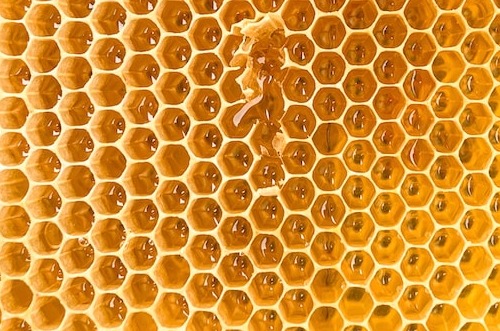W23: Honey Update

In W23 in the honey landscape, honey prices are extremely low for Spanish producers, mainly due to large imports at cheap prices from Argentina, China, Romania, Mexico, Turkey, Ukraine, and Uruguay, as well as low consumer demand. LA UNIÓ claims that imported honey reaches the same quality standards as that produced in the EU, especially under the EU-Mercosur agreement, which would further facilitate the entry of large quantities of honey from several South American countries. Prices for Spain's orange blossom honey continue to drop despite a decline in production. While the cost per kilogram in 2022 varied between USD 4.86-5.40, it is only USD 4.11 in 2023. The situation is even worse for other honey such as rosemary, lavender, and acorn, because there has hardly been a harvest. Additionally, the USD 5.40 million in aid for the beekeeping industry is insufficient due to rising raw material costs and the increased bee treatment and feeding requirements brought on by the current drought. Every year, more bee colonies are lost to Varroa destructor mites in New Zealand, and in 2022, commercial beekeepers in the country lost about 40,000 colonies, costing beekeepers nearly USD 24 million. In 2022, 6.4% of the overall losses were attributable to varroa mites, up from 1.6% in 2017. The European Commission extended the ban on grain imports from Ukraine to Bulgaria, Hungary, Poland, Romania, and Slovakia until mid-September. However, the National Association of Grain Producers' chairman demands that oil, bee honey, and dried milk be added to the list of prohibited items, considering there are issues in other industries as well.






